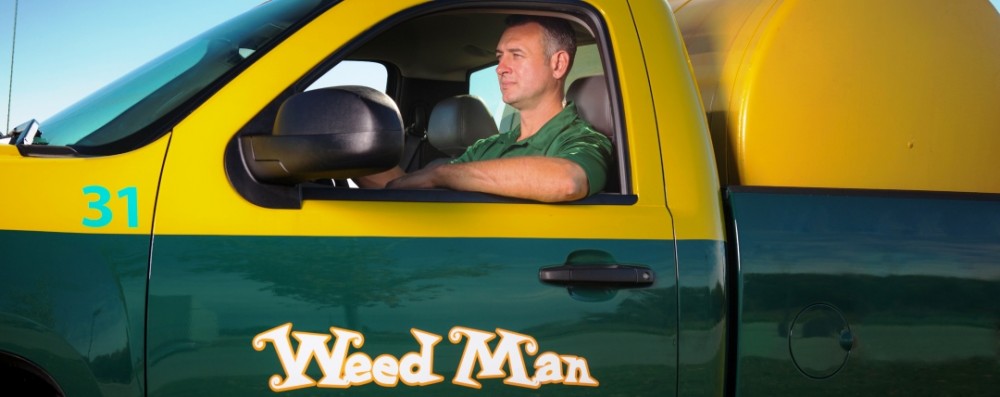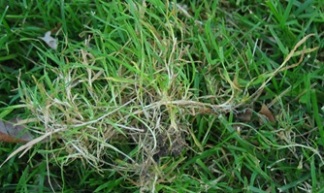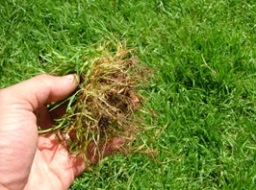Wow, where did the summer go?! Hard to believe we’re already at the end of August and we’re getting ready to send the kids back to school.
With all the back-to-school shopping and possible holidays this month, you also typically get that hot and dry weather that really puts your lawn under a lot of stress. Combine that with the pressures of disease and insects, and it’s not unusual to see brown spots or thinning of the lawn.
At Weed Man we always encourage you to call us and let us know if you’re seeing brown spots on the lawn, as we want to make sure there are no Chinch bugs or diseases present. The earlier we can confirm what the true issue is, the less damage there will be, especially if it is an insect or disease issue.
Many times when we show up to our customers’ lawns and look at the brown spots, it ends up being a weed grass called Colonial Native Bentgrass. Almost every Bluegrass lawn will have some of this growing naturally, and during most of the season it really blends in and isn’t that noticeable to homeowners…except when it goes brown.
Colonial Native Bentgrass is a very shallow rooted grass that roots by stolons, so it needs more watering than your deeper rooted Bluegrass. A good test to see if you have Bentgrass is to pull on it. If it comes up easily, it’s likely Bentgrass because of the shallow roots.
When it does go dormant try and thin it out by raking. Later on in September, put some seed in that area to help fill it in. Also, you may be encouraging this type of grass by cutting your lawn at lower than 2.5 inches, as Bentgrass can withstand shorter mowing heights than Bluegrass. We usually see more Bentgrass on lawns that have been mowed too short.
To learn more about Colonial Native Bentgrass, please visit www.weedmanusa.com, and don’t forget to enjoy what’s left of the summer!
Questions about your lawn? Feel free to post below!


